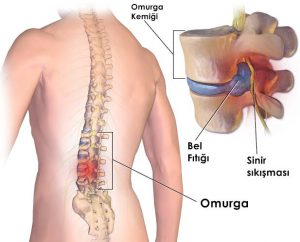The waistline consists of five vertebrae and disks. This area carries the most load in the whole body. Vertebrae covers the spinal cord to provide protection against any damage. The lumbar disk hernia is a condition caused by the pressure put on the neurons passing through the spinal cord due to a dislocation, shift, or tear suffered by the cartilage tissues between the vertebrae. Manifested through the symptoms such as low back pain, leg pain, numbness in feet, and limitation of movement the lumbar disk hernia may be treated by surgical operations or surgery-free methods. The treatment method is identified depending on the symptoms of each patient.

Non-surgical Methods to Treat Lumbar Disk Hernia
The fundamental purpose of non-surgical lumbar disk hernia treatments is to reduce the neural damage and increase the general functionality of the spine by providing protection. In this sense among the potential methods of treatment that may be suggested by the doctors are; ultrasonic warming treatment, thermal treatment, cold treatment and massage. These treatments may reduce the pain, muscle spasms and inflammations caused by the hernia.
Also, patients are encouraged to take up an exercise program. One of the potential non-surgical treatment methods for lumbar disk hernia is pulling and stretching method. Also known as the traction method, this procedure must be performed under supervision of a physiotherapist or physiatrist. Otherwise, it may cause irremediable damages. In order to reduce pain, wearing a lumbar disk hernia corset may be advised in the earlier stages of this condition. However, it should be noted that such corset does not improve the condition.
Medication is also a potential treatment method to control the pain caused by herniated lumbar disk. In most cases, acetaminophen or aspirin is prescribed to the patients. But, for severe pain that cannot be controlled with these medication, non-steroid anti-inflammatory drugs may also be prescribed.
The neural damage and increase the general functionality of the spine by providing protection. In this sense among the potential.
Only 1-2% of the patients with lumbar disk hernia absolutely need surgical treatment. Surgical operations are considered as a plausible scenario especially in the advanced cases involving loss of bladder or struggling to remain standing. The most common surgical method to treat lumbar disk hernia is called discectomy – or local discectomy. During this surgical operation, the herniated disk as well as the other ruptured tissues are removed in such way that relives all pressure from the neurons. In the recent years, our clinic has also started to offer endoscopic discectomy and de-compression surgeries.




